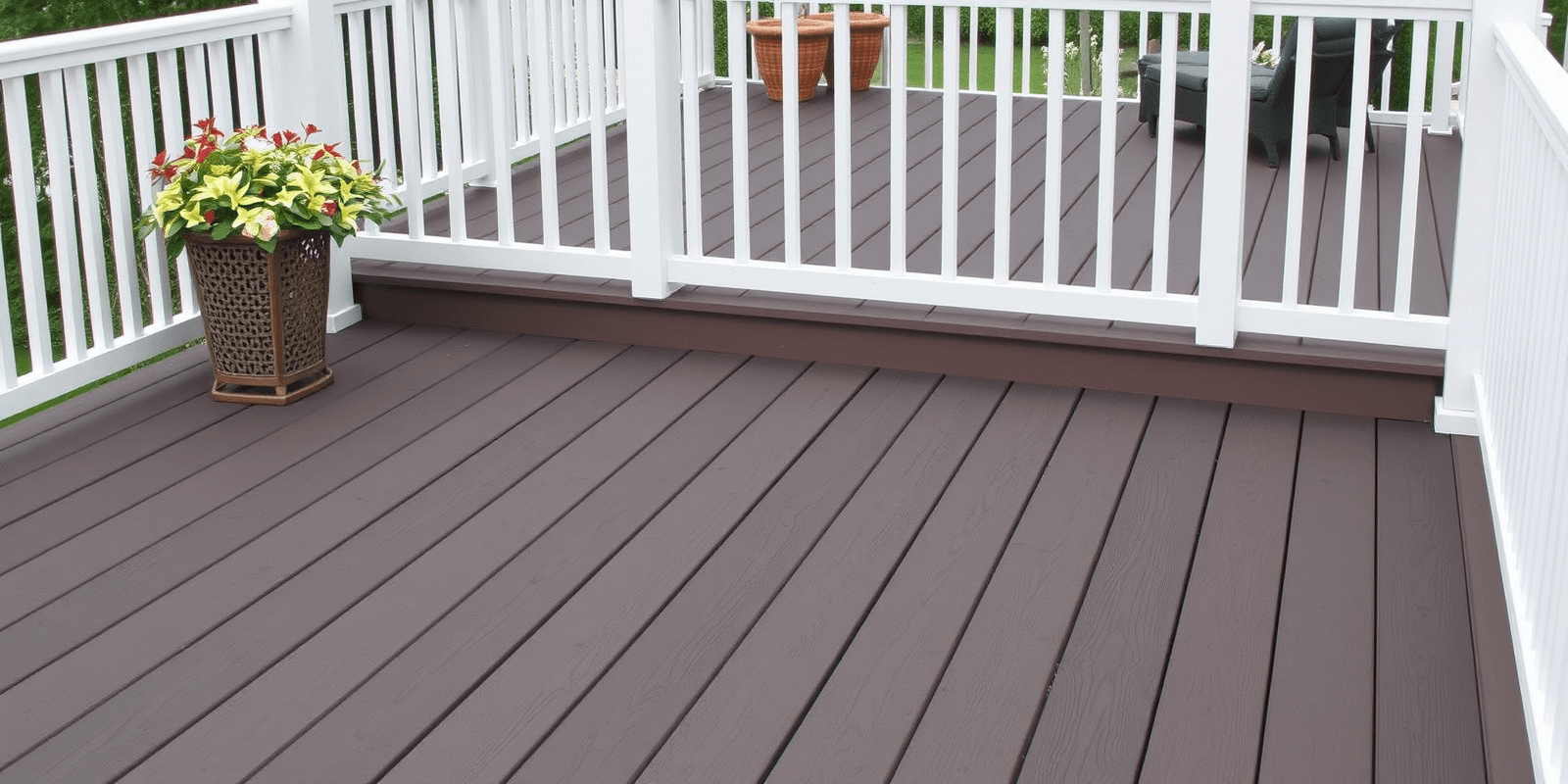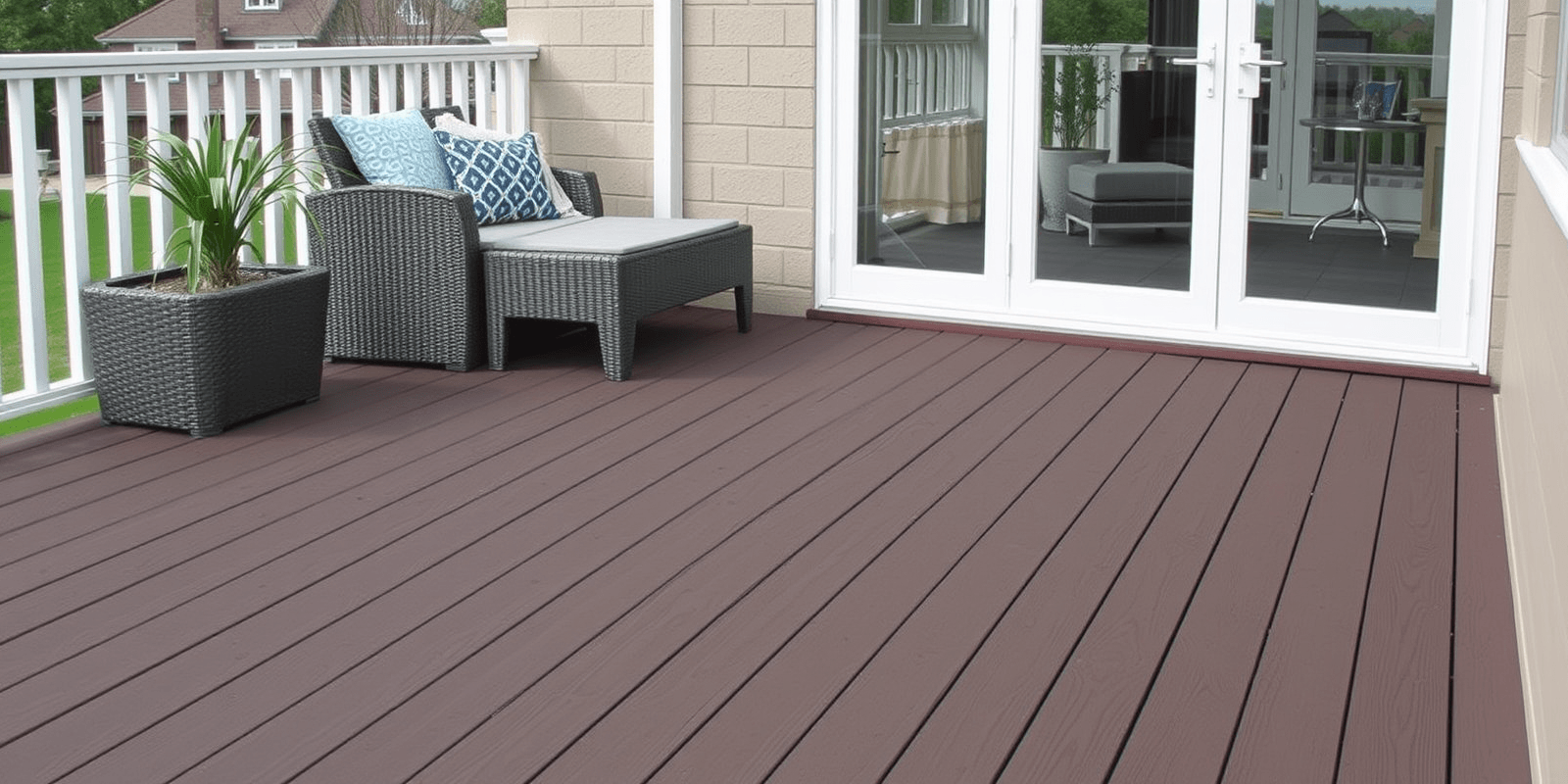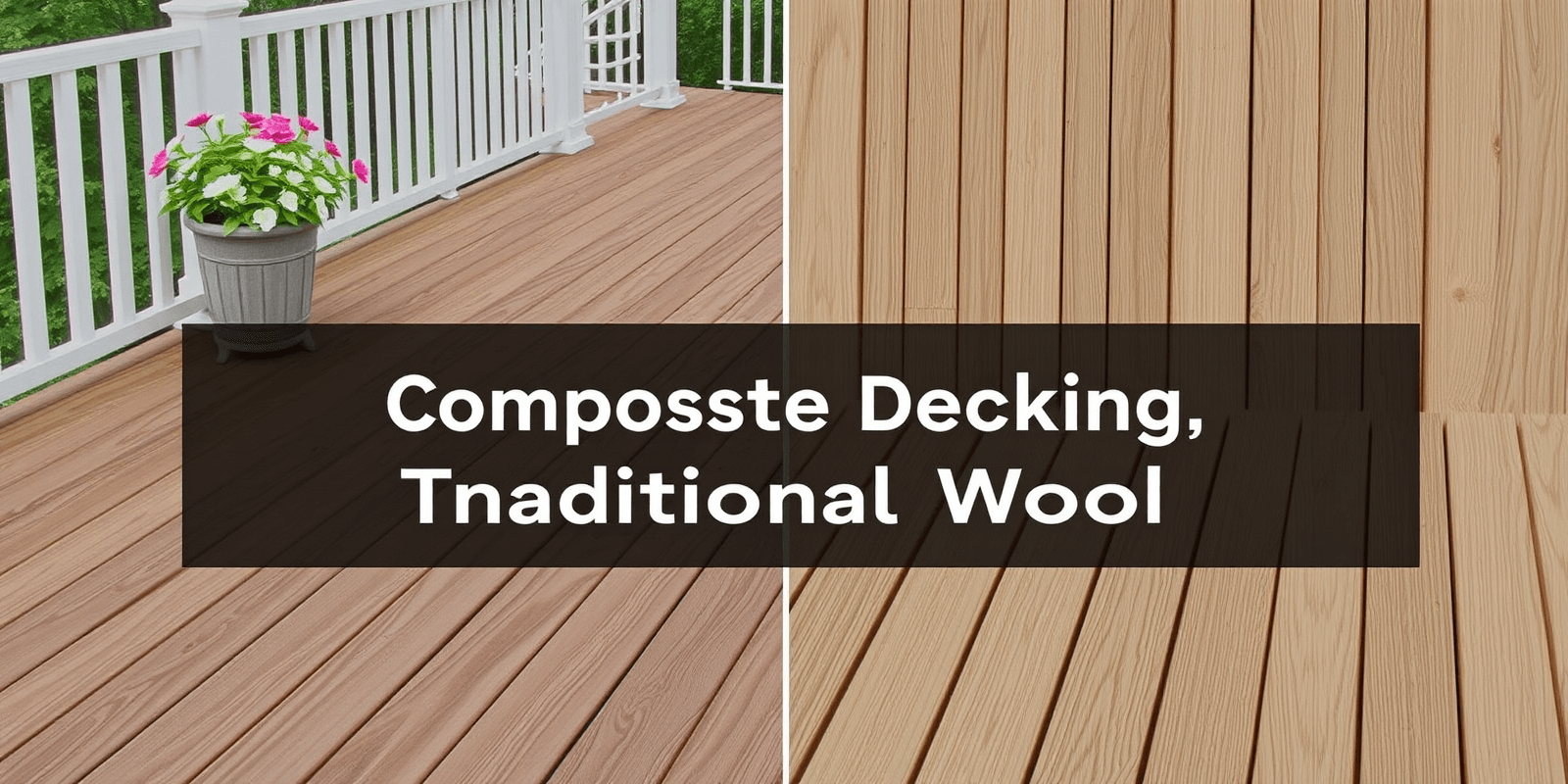“`html
The Impact of Color on Composite Decking Durability and Maintenance
Introduction
In the world of outdoor living spaces, composite decking has become a popular choice for its durability and low-maintenance requirements. However, one aspect that often gets overlooked is how the color of composite decking affects its performance over time. This article explores the relationship between composite decking colors and their resistance to fading, staining, and overall durability, offering insights into the best color options and maintenance practices.
Understanding Composite Decking Colors
Composite decking is made from a mixture of wood fibers and plastic, which can be dyed in various colors. The choice of color not only impacts the aesthetic appeal but also influences the material’s longevity. Lighter colors tend to reflect more sunlight, potentially reducing heat absorption, while darker shades may absorb more heat, leading to potential warping or fading over time.
Color and Fading Resistance
One of the primary concerns with composite decking is its resistance to fading. Darker colors, such as black or dark brown, are more prone to fading due to higher heat absorption. Lighter colors like white or light gray, on the other hand, are less likely to fade because they reflect more sunlight. However, lighter colors may show dirt and stains more prominently, requiring more frequent cleaning.
Color and Staining Resistance
Staining is another critical factor to consider when choosing a composite decking color. Darker shades, particularly those with a high pigment concentration, can be more susceptible to staining from food, drinks, or chemicals. Lighter colors may appear cleaner for longer periods but can become discolored by certain substances. Opting for colors with UV inhibitors can help mitigate both fading and staining issues.
Maintenance Practices for Each Color Option
Light Colors: While lighter colors require less heat protection, they need regular cleaning to maintain their appearance. Use mild soap and water to clean the deck periodically. Avoid abrasive cleaners that could damage the surface.
Darker Colors: Darker colors benefit from periodic sealing to protect against heat absorption and staining. Choose sealants specifically designed for composite materials to ensure compatibility.
The Best Colour for Composite Decking
Given the considerations above, the “best” color largely depends on your specific needs and preferences. For those prioritizing low maintenance and longevity, a light gray or beige might be ideal. These colors offer good resistance to fading and staining while reflecting more sunlight. For aesthetics, a darker shade like espresso or mahogany can add warmth and depth to your deck, provided you commit to regular maintenance.
Conclusion
The color of your composite decking plays a significant role in its durability and maintenance requirements. By understanding how different colors perform under various conditions, you can make an informed decision that balances aesthetics with practicality. Regular cleaning and appropriate maintenance practices will help ensure your composite deck remains beautiful and functional for years to come.
“`



